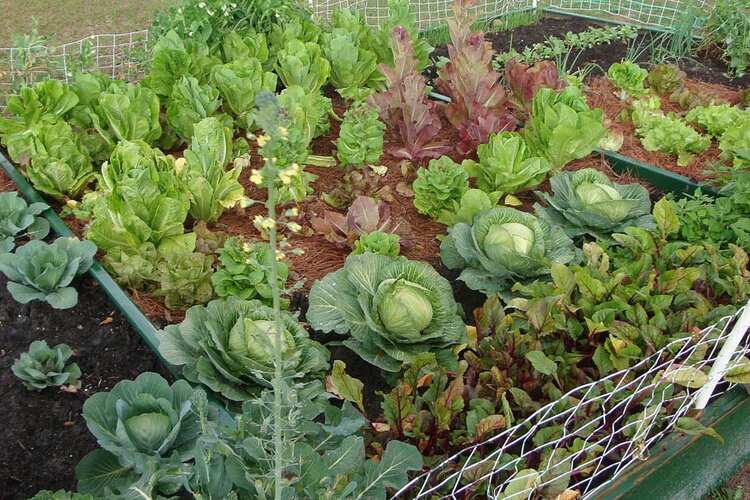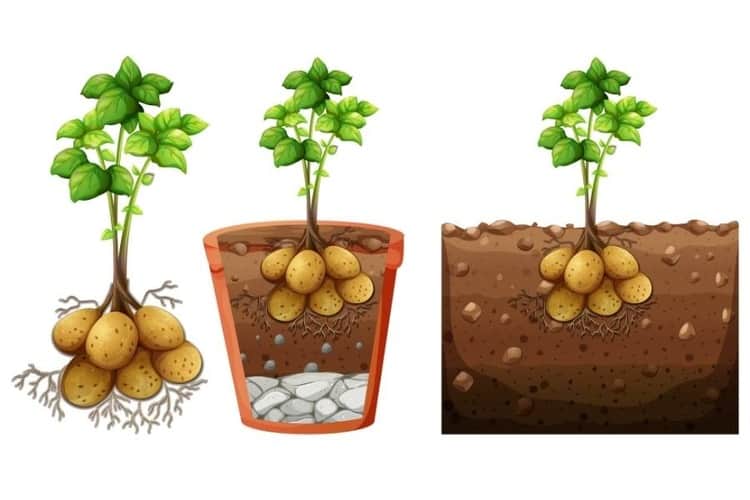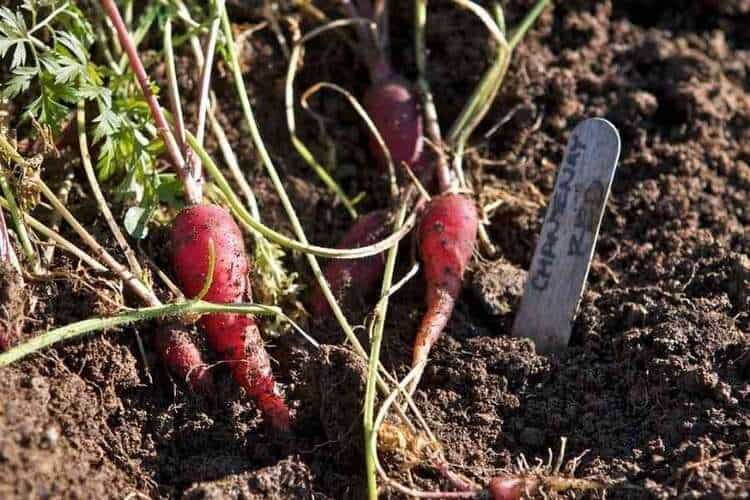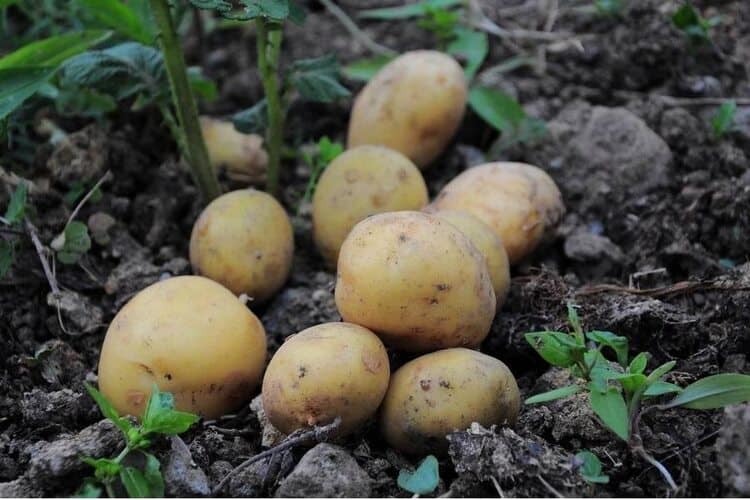When To Stop Watering Potatoes: Time To Stop Wartering!
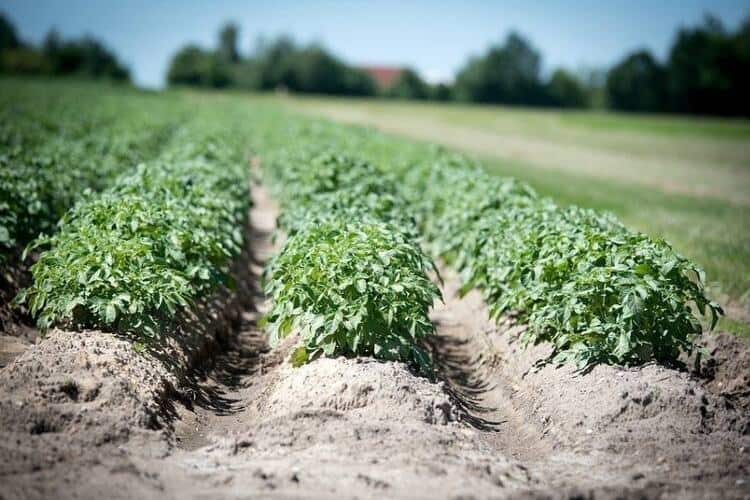
Watering potatoes can help them flourish and yield a bounteous harvest. However, not every stage is necessary to water the plant. It is important to note that potatoes have varying water requirements at different stages. So, read to the end because this secret can be of great help to your plants.
When To Stop Watering Potatoes?
You should stop watering the potatoes when the leaves start to turn yellow, about 2 to 3 weeks before harvest. You can ensure that your potato plants are healthy by keeping track of rainfall, and moisture levels and understanding how much water they need. Then, when do you stop watering potatoes? When the plants start to turn yellow and are harvested, you should stop irrigating them.
Tuber Initiation
Here’s where the real magic happens. The plant starts making potatoes underground! These are called tubers. They start off as tiny lumps and then grow bigger. It’s important to keep the soil moist but not too wet. Too much water can make the young tubers rot.
Maturity stage
During this period, the potatoes will dry and harden. This period may last anywhere from one to two weeks. During the last week of drying, in places with thick clay soil that will never dry up, you should cover the potato bed with a waterproof, breathable tarp to let little light in. The curing method stiffens the skin of the potato tuber, allowing it to stay fresh for a longer time.
Harvest time
Once you stop watering the potato crop, there is no need to irrigate the mature potatoes. Any water contact may cause your tubers to rot, leading to a very poor potato harvest. After harvesting potatoes, allow them to dry for two to three days in a dry, cool location to remove any soil before storing them. Make sure you store them in a dry, cool place, too. Also, put them away from direct sunlight and moisture.
Read more: How Many Potatoes Grow Per Plants?
How Much Water Does A Potato Plant Need?
Your potatoes need 1 to 2 inches of water per week. The amount of water directly affects the quality of the potato at harvest. Watering too little when the plant begins to form or too much right after planting can cause the bulbs to deform. It has many different characteristics when it comes to growing potatoes in the yarda and in pots.
- Baby Plants: When the potato plant is still small, keep the soil damp. It’s like a sponge that’s wet but not dripping.
- Growing Plants: As the plant gets bigger, you can water it a bit less. But make sure the soil never gets super dry. It should feel like a cake that’s moist and yummy, not dry and crumbly.
- Big Plants: When the potato plant is big and has flowers, you can water it even less. Now, the soil can be a little drier, like a day-old cake.
The soil used for planting should have a consistent texture, proper drainage, and an adequate amount of organic matter for nutrients. Then, you won’t need to fertilize your crops during the growing period. Next, we’ll check how much water you need to give your potatoes, depending on how you’re going to grow them.
In the garden
The key to healthy potatoes is to remember that they are a rooting plant that thrives in moist soil. Because potatoes are not water-loving plants, showering the garden frequently with water would rot and kill them.
Too much moisture at the root system is why you must ensure well-draining soil, especially if you grow potatoes in a high-rainfall location. You can use the rainwater gauge to determine how much water your plants can obtain quickly.
When you examine the gauge after a big rain or hose down, you may discover you need to feed your crops another half-inch or more water during the week.
In a container
Potato plants grown in containers should be given a minimum of one inch of water per week.
Growing potato plants in pots has the advantage of allowing you to assess the soil moisture content readily. You may either sense the wetness with your finger or employ a moisture meter. Make sure any pot you choose has drainage holes or at least two inches of gravel at the base, so the roots don’t get too wet.
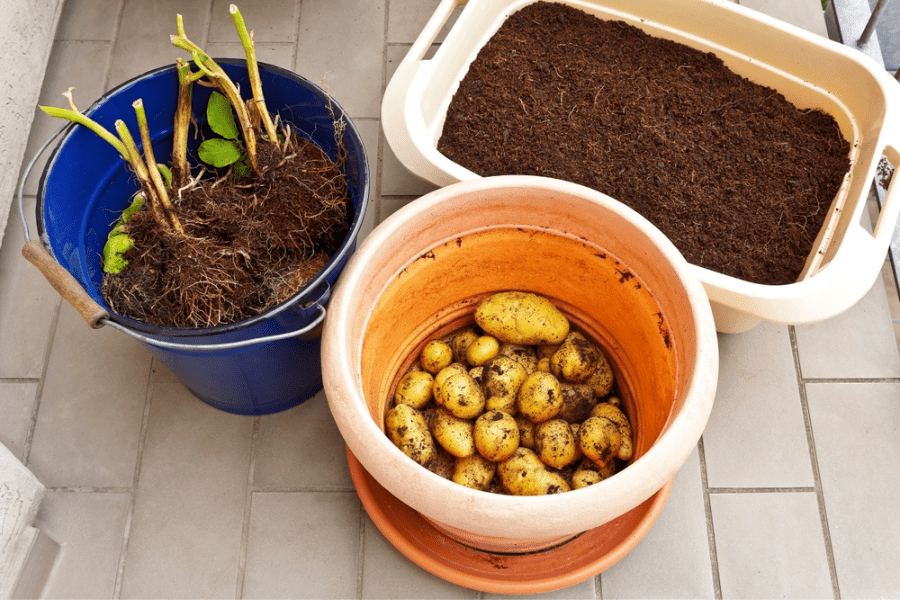
Water Requirements For Potatoes
You may need to water potatoes adequately during the growing period. They can get what they need at the right time during their development. Appropriate watering practices will enhance productivity and maintain the health of the potato plants, minimizing the risk of diseases.
First stage
Start by planting your seeds in moist, but not overly wet, soil. At this point, a three-inch covering of mulch around the plants can help keep the soil moist. Then, if the soil is still moist, wait about one to two weeks for new leaf formation before starting frequent watering.
Light rain is fine. However, at this stage, you want the roots to expand by searching for moisture in the planting soil, and fresh vine formation is a good indicator of root development.
Read more: How Far Apart To Plant Potatoes? Every Gardener Should Know!
Second stage
The watering routine changes as the potato plants thrive. You need to work on preventing the soil from running dry. Begin with about one inch of water each week if your plants are still small, and remember to maintain a suitable soil moisture level. Then, increase the moisture level a little every week as the potatoes mature with the proper amount of sunshine until you reach about two inches.
To handle this stage effectively, monitor the soil conditions daily until you observe a consistent pattern. To protect the soil from running dry entirely between waterings, wet your crops every three days. You’ll keep watering your potato plants in this manner until the vines become yellow and fall off, signaling that the plant’s growth is slowing.
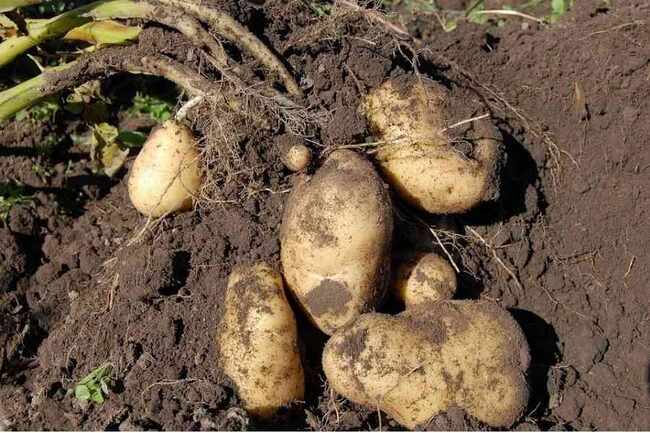
What If You Keep Watering Your Potato Plants?
Your crops require different moisture levels at specific points in their lives. Stop giving them water once you’ve determined when your plants are at their peak. Let’s find out what too much water does to our potato buddies.
Root Rot: Roots are like a plant’s feet. If they stay in wet soil for too long, they can start to rot. This is bad news because roots help the plant drink water and get food from the soil. If they rot, the plant can get sick and die.
Soggy Soil: When you keep watering potato plants, the soil can become too wet. It makes it hard for their roots to breathe.
Less Yummy Potatoes: Overwatering can also make the potatoes taste less yummy. They might grow too big and watery, losing their rich, potatoey flavor. It’s like diluting your favorite juice with too much water.
Many people assume that potato tubers need more water at this stage, but the excess moisture will ruin potato roots. The fruits will perish before you can pick them. If the potatoes get flooded, they are more vulnerable to infection. Bacteria and mould flourish in moist environments, and if you don’t cease watering, your crops will suffer.
How Often Do You Water Potatoes?
Potatoes require varying quantities of water at different times to reach their maximum potential.
Potatoes need at least 1 to 2 inches of water every week to keep from drying out. During the growing season, your plants demand the following amounts of water:
- Initial Growth Stage : During the first 30 days: 1-2 inches of water per week.
- Vegetative & Tuber Formation Stage: 30 to 60 days: 1.5-2.5 inches of water per week.
- Tuber Bulking Stage: 60 to 90 days: 2-3 inches of water per week.
- Maturation Stage: 90 to 120 days: Reduce to 1-1.5 inches of water per week.
Deep watering is necessary for growing potatoes, especially when the weather is hot and dry. The moisture level in the soil should always be 8 to 10 inches deep. Two weeks after seeding, make sure you don’t overwater your plants. The schedule of watering every four days is ideal during the first few weeks.
Water potatoes every day or every two days during weeks 6 to 8. The plants are starting to produce new potatoes underground. Watering them will help them grow bigger and more uniformly. Watering is good, but too much moisture might cause issues and result in the loss of some of your harvests. They may produce fewer and smaller potatoes.
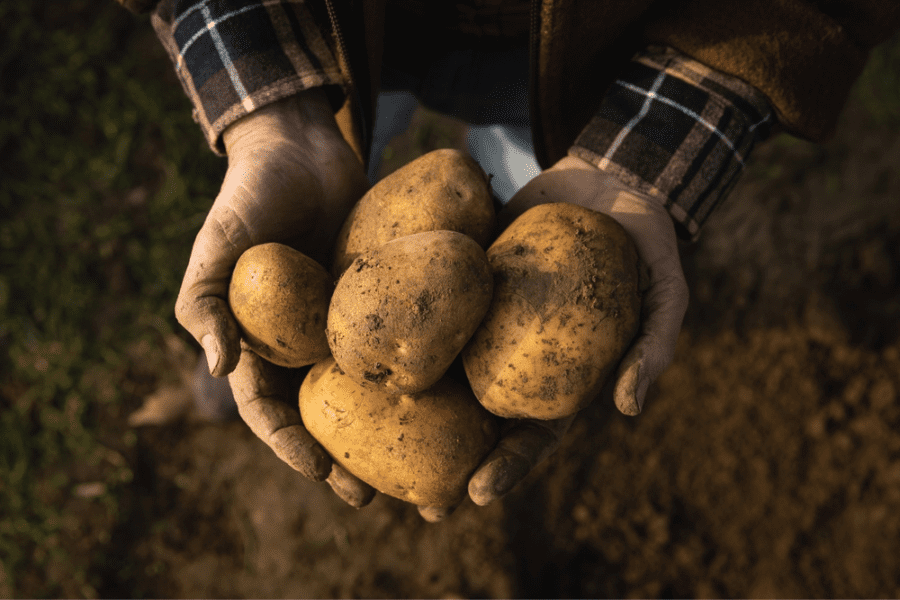
Tips Can Ensure Adequate Watering
When growing potatoes, make sure they have enough water. Offer them this treat at specific periods so that their roots will benefit. It’s critical to provide them with plenty of water at the proper times.
The Knuckle Test – Trust Your Touch: Ever heard of the “knuckle test”? It’s like giving your plant a little handshake. Push your finger into the soil up to your first knuckle. If the soil feels dry at that depth, it’s time to water. If it feels moist, give it a day or two. This simple test is an old gardener’s trick, and it works!
Moisture Meters – The Plant’s Doctor’s Tool: Just like doctors have tools to check our health, gardeners have moisture meters. These little gadgets can tell you how wet or dry the soil is. Stick them in the ground, and they’ll give you a reading. It’s a great way to know if your plant is thirsty or not.
Watering plants isn’t just about giving them a drink. It’s about understanding what they need and when. With these tips and tricks, you can be sure your green friends are happy, healthy, and hydrated.
Conclusion
Irrigation is a key component of agriculture. Once you understand the rules, your crop will be healthy and yield many fruits. Aside from watering, you should also pay attention to other factors, such as fertilizing, soil, weather, and disease.
Hopefully, the complete guide we have shared can assist you in your gardening. If you have any questions, please feel free to ask us via Swipe Garden. Thank you for reading!
FAQs


